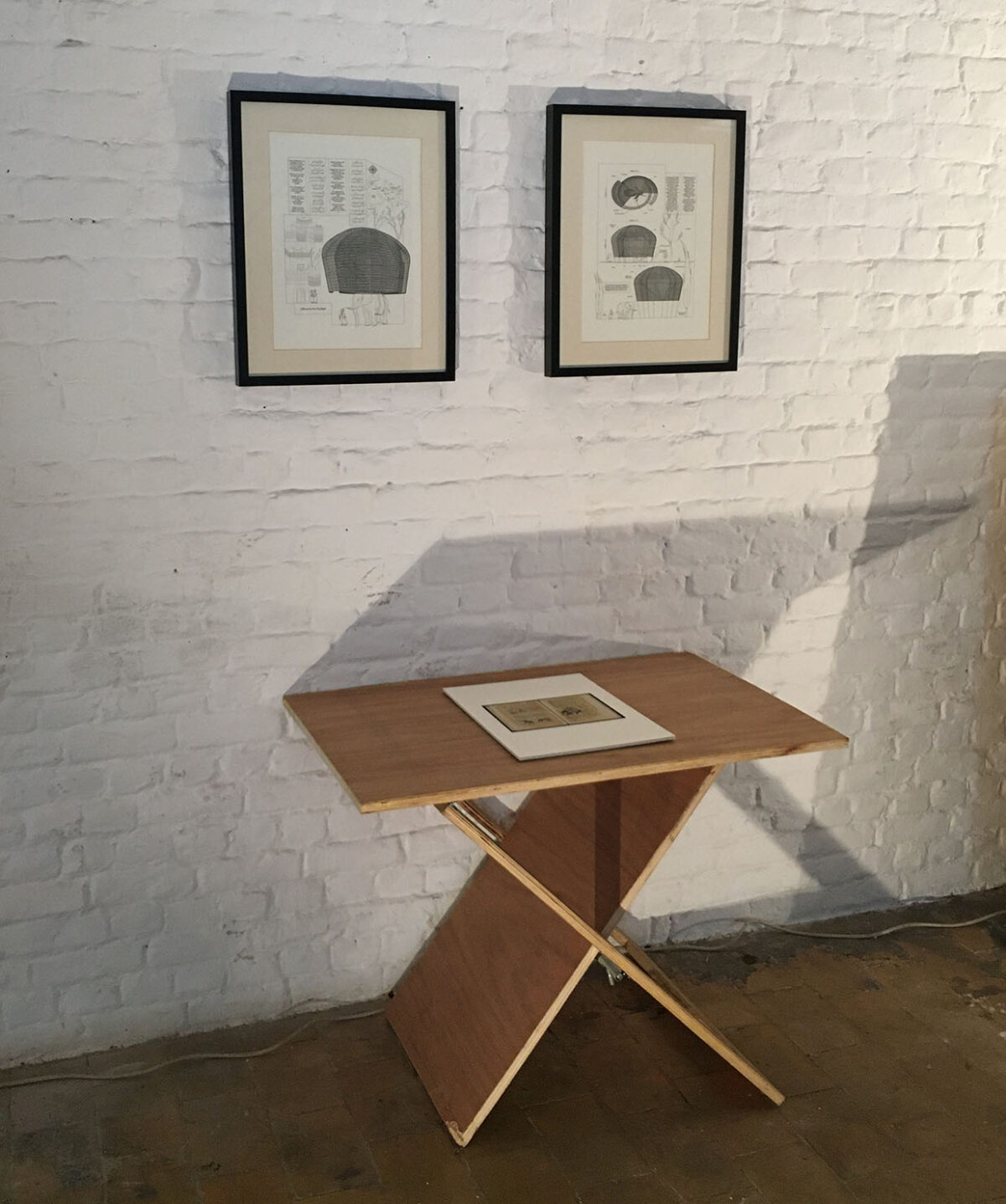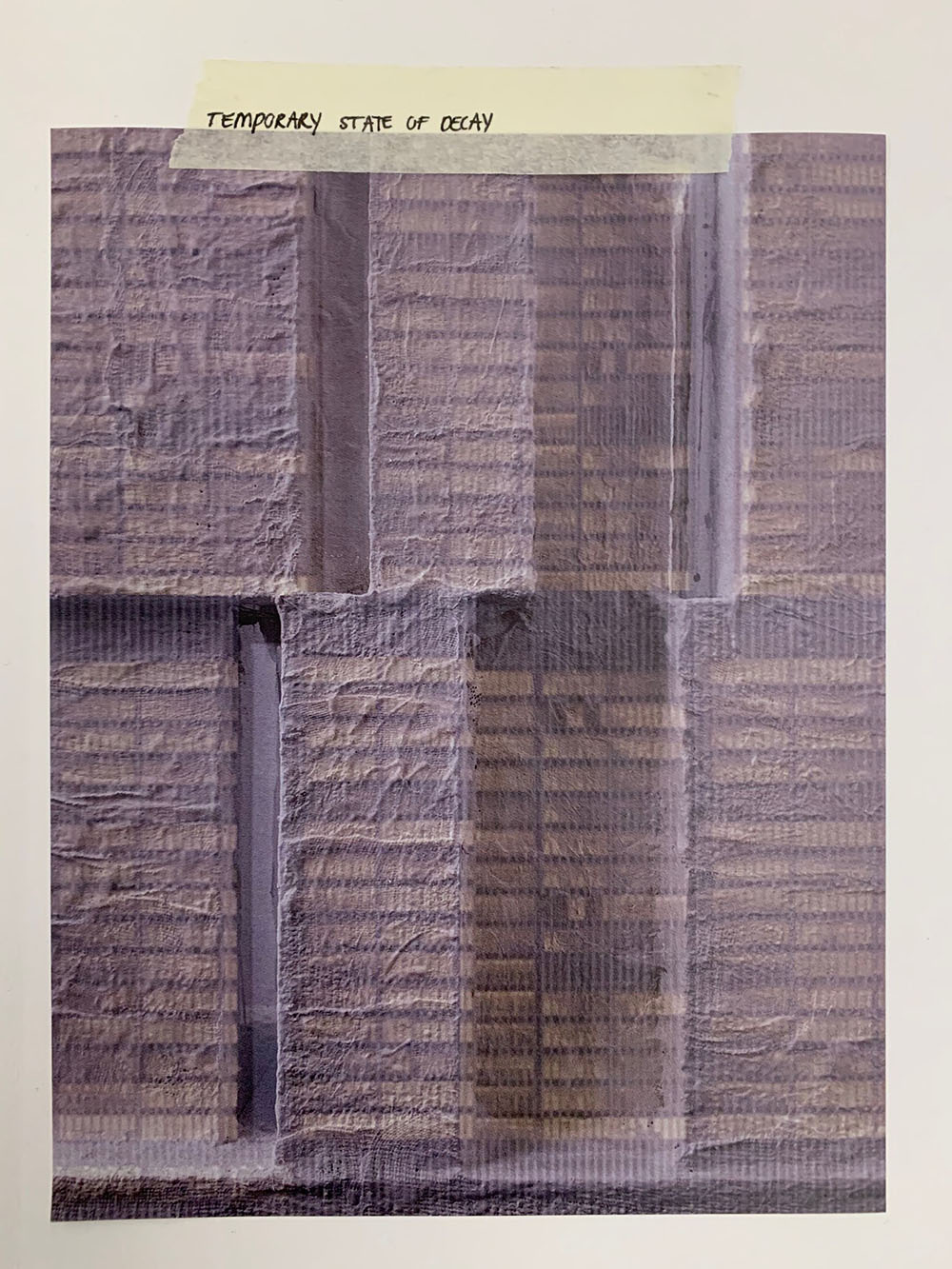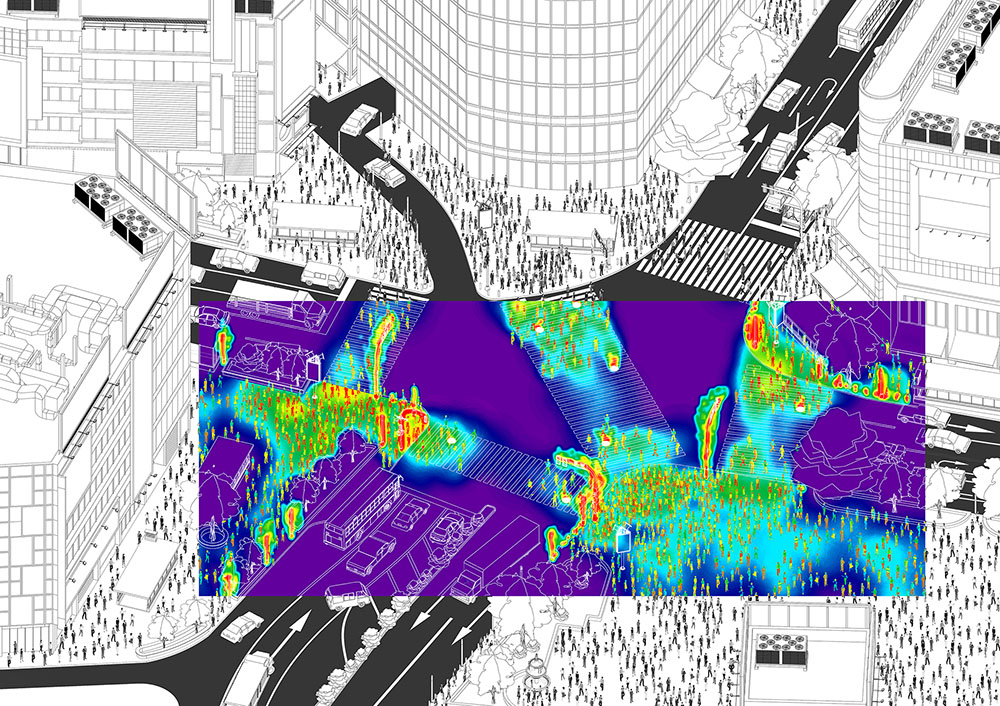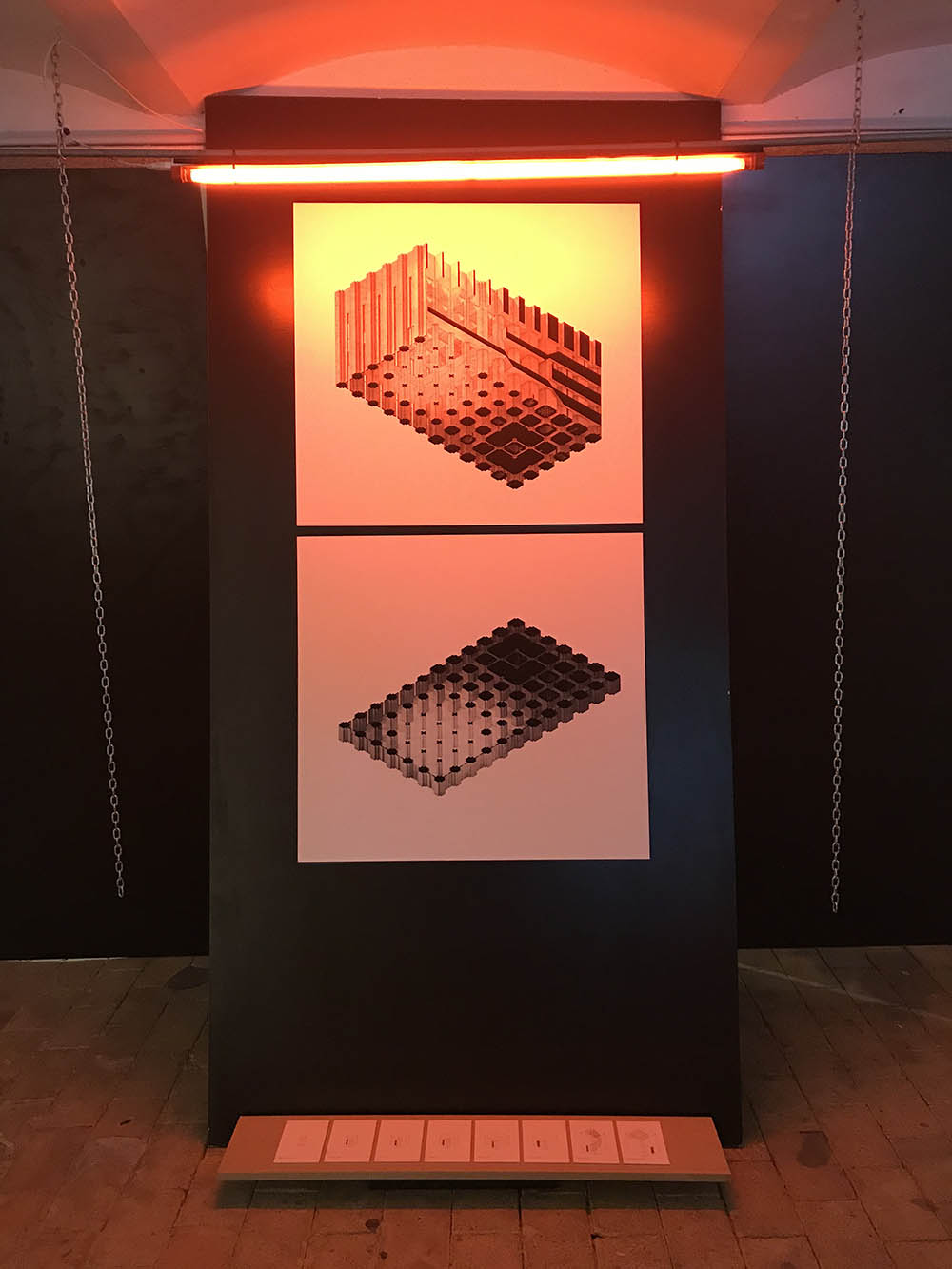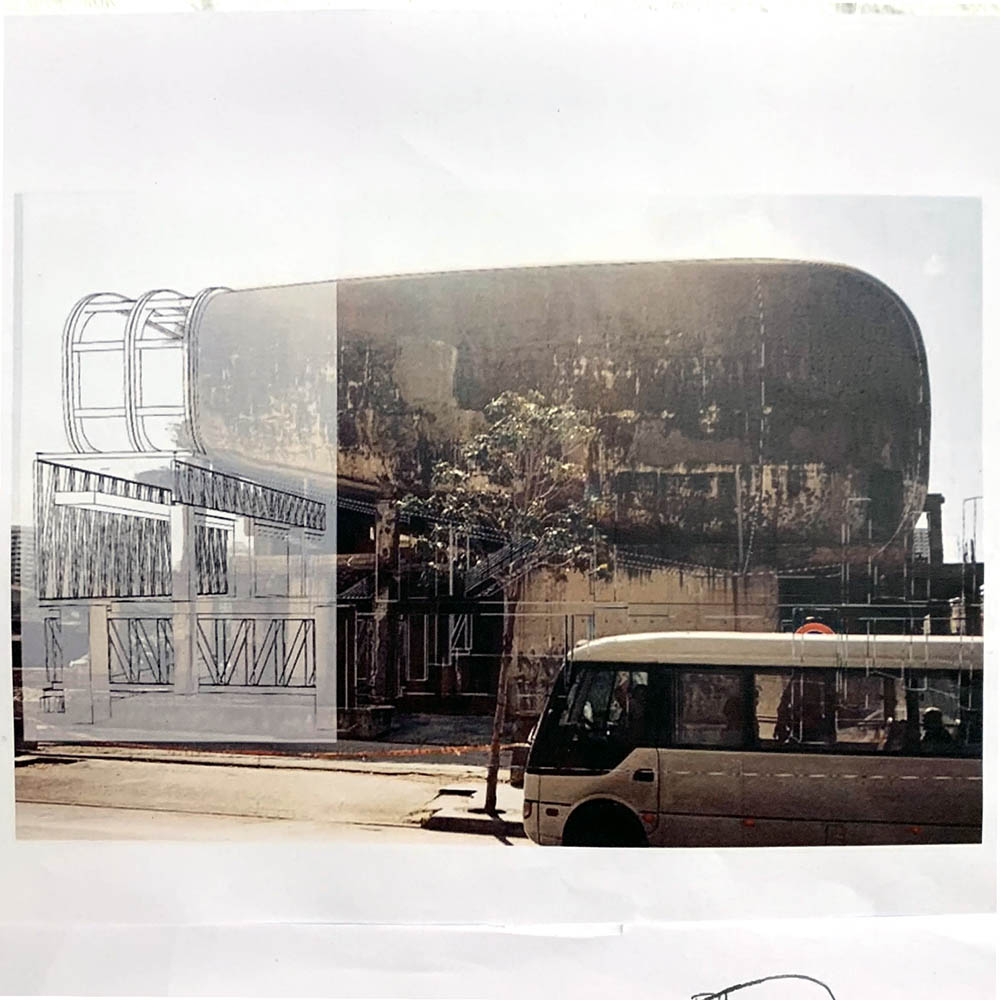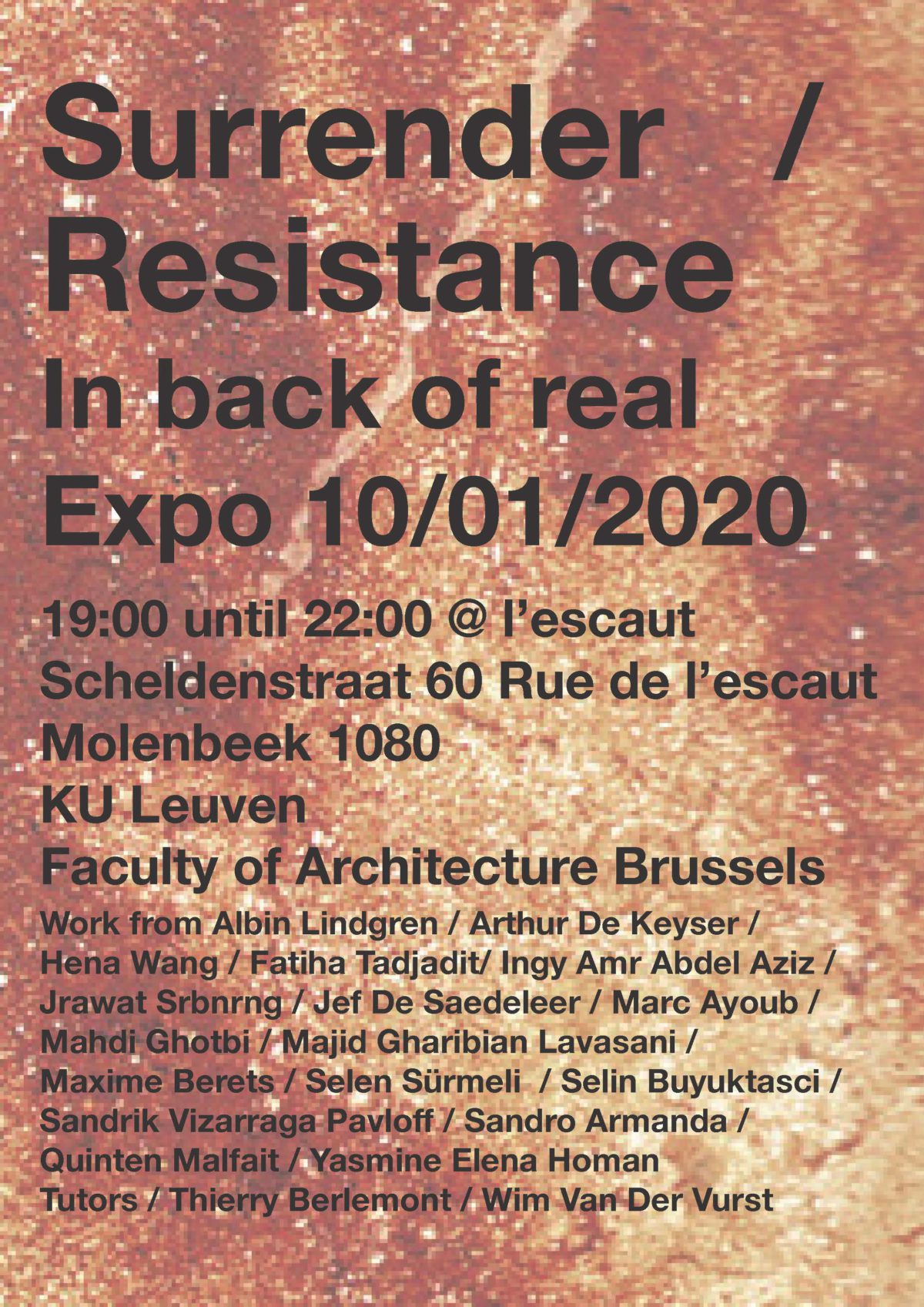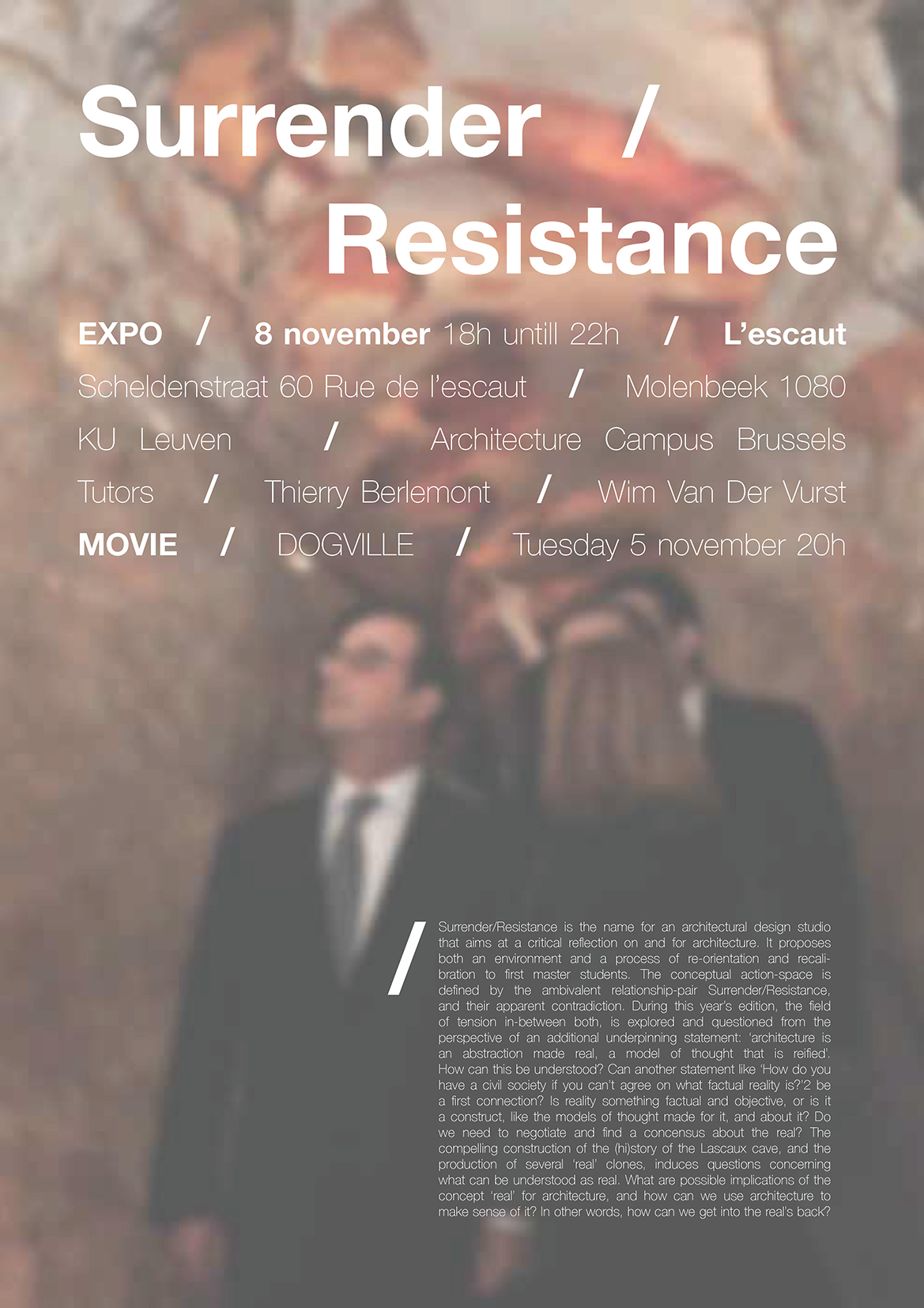Teachers: Thierry Berlemont, Wim Van der Vurst
Academic year 2019-20, semester 1
Engagement: Mediating Tactics
In back of real(1)
Tutors: Thierry Berlemont, Wim Van der Vurst
Engagement: Mediating Tactics
Key Concepts: Surrender / Resistance – Exponentiality / Singularity – Real / Reality
Sandro Dwiputra Armanda
Mark Ayoub
Maxime Berets
Selin Büyüktaşcı
Arthur Dekeyser
Jef De Saedeleer
Majid Gharibianlavasani
Mahdi Ghotbi
Yasmine Elena Homan
Albin Lindgren
Quinten Malfait
Sandrik Vizarraga Pavloff
Ingy Amr Ahmed Abdelaziz Saad
Selen Sürmeli
Jirawat ‘Jay’ Sriboonrueang
Fatiha Tadjadit
Hena Wang
“How do you have a civil society if you can’t agree on what factual reality is”.
–Neil Stephenson(2)
The theme that is both basis and starting point, is the title of a poem by Allen Ginsberg, “In back of Real”. It was triggered by a story that started long ago:
“In September of 1940, an 18-year-old mechanic, named Marcel Ravidat, was walking his dog Robot in the countryside of southwestern France, when the dog disappeared down a hole. Robot eventually returned, but the next day Ravidat went to the spot with three friends, to explore the hole. After quite a bit of digging, they discovered the cave of Lascaux and its walls covered with paintings. The paintings were astonishingly detailed and vivid. It would eventually be established that these artworks were at least 10 to 15.000 years old.”(3) The following onslaught of visitors to the cave, led to its permanent closure and sealing in 1963. The deterioration of the paintings had reached a critical point due to, amongst others, mold caused by the presence of the many visitors. Twenty years later, in 1983, an “exact” copy of the cave (Lascaux II) was installed in the vicinity of the original cave. Lascaux III, in turn, is an exhibition consisting of 5 replica pieces, travelling the world since 2012. Finally, in 2016 Lascaux IV opened for the public as a new, and the most “accurate”, reproduction of the original space with the help of digital technologies.
The story provokes puzzlement about the concept of the real, which is also at the centre of the question mentioned at the beginning: “how do you have a civil society if you can’t agree on what factual reality is?”
Can we see and frame the position of architecture herein, as an ethnic domain, as a seller of dreams, as an enforcer, a confronter, or …? The engagement with these issues, starts with the detection of critical points of acceleration, deceleration, evolution or transformation – just inside or just outside the perimeter of architecture – and strives to finalise with a public articulation, presentation (exhibition) of the outcome. The underlying red thread through this all, is the twin-concept Surrender/Resistance, and its inherent and inescapable ambivalence.
(1) Ginsberg 1956, p.44
(2) https://www.youtube.com/watch?v=GOHH4JI4_9U, accessed on 11 september 2019
(3) excerpt from https://www.wnycstudios.org/story/episode-6-lascaux-paintings-and-the-taco-bell-breakfast-menu, accessed on 11 september 2019
- Read the the studio description as pdf here.



